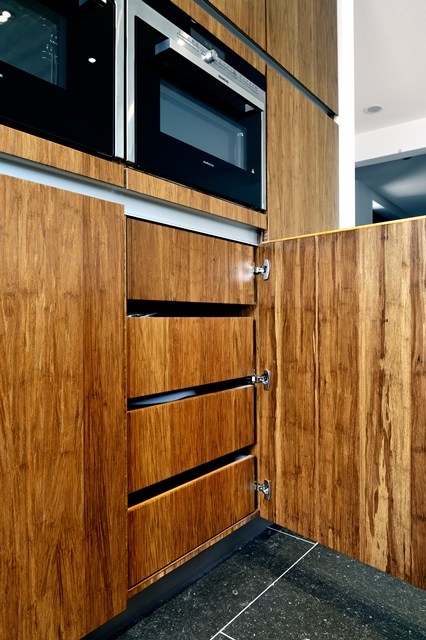Why Are Bamboo Plywood Considered Efficient?
Bamboo is a very eco-friendly choice to make because it is not hard to grow. Bamboo plywood on the other hand, is made from 100 percent renewable bamboo, using adhesives that are both strong and emissions free. It can be cut and sanded using conventional woodworking equipment for various uses and applications. It is a great material which can last really long and even better than wood at many cases. It can also be glued or mechanically fastened using the same materials and fasteners commonly used with wood.
People who use wood are probably someway or in the other making creating destruction to the nature and especially at a time where deforestation is a major issue to resolve. Since, bamboo is a low resin, open grained material, thus, it takes stains and finishes exceptionally well. So, for them bamboo is a great alternative to use plywood made of bamboo and it will be a similar product to fill in the material.
Though there are thousand kinds of bamboos in the market and which is grown but not all of the types gets picked for making into building products like bamboo plywood. The most common type being the fast growing Moso Bamboo, it can be fashioned in various ways to make products such as natural and carbonized plywood with vertical or horizontal grains depending on the manufacturing process.
Combination Of Three Main Factors In Bamboo Ideal For Manufacturing Plywood:
1. Color: Available in several colors, the three main colors it is found in are natural (blonde), carbonized (brown/honey) and tiger (neopolitan/zebra/marbled) which is a combination of natural and carbonized. You can even get them custom-stained by your supplier.
2. Grain: Grain is the appearance or texture of the surface of the plywood and amongst them vertical, horizontal and strand woven are the most common ones. Vertical and horizontal are used most often in modern designs while the strand woven grain looks more like traditional wood.
3. Thickness: Plywood made of bamboo comes in sheets that are as thin as 1/4? and goes all the way up to 1 & 1/2? in thickness. The 1 & 1/2? thick panels are most often used for countertops and butcher block type furniture.
Benefits of using Plywood made of bamboo:
- Bamboo plywood comes in both an amber and natural light tone
- It is laminated to produce two different surface grains, edge and flat.
- The edge grain appears as 1/4? strips and the flat grain appears as 3/4? strips on the surface of the plywood, then finish-sanded to a smooth 180 grit.
The key to the color of bamboo is in the heating. When it is first harvested and prepared the material is of a light shade but when heat is applied it darkens to various degrees. Colors like tiger, also called zebra and neapolitan, are the result of mixing natural and carbonized bamboo together in a process that results in strand woven (compressed) bamboo. Whether you are planning a small remodel or a retail job, you can find bamboo plywood for all sorts of applications.



 皖公网安备 34180202000049号
皖公网安备 34180202000049号